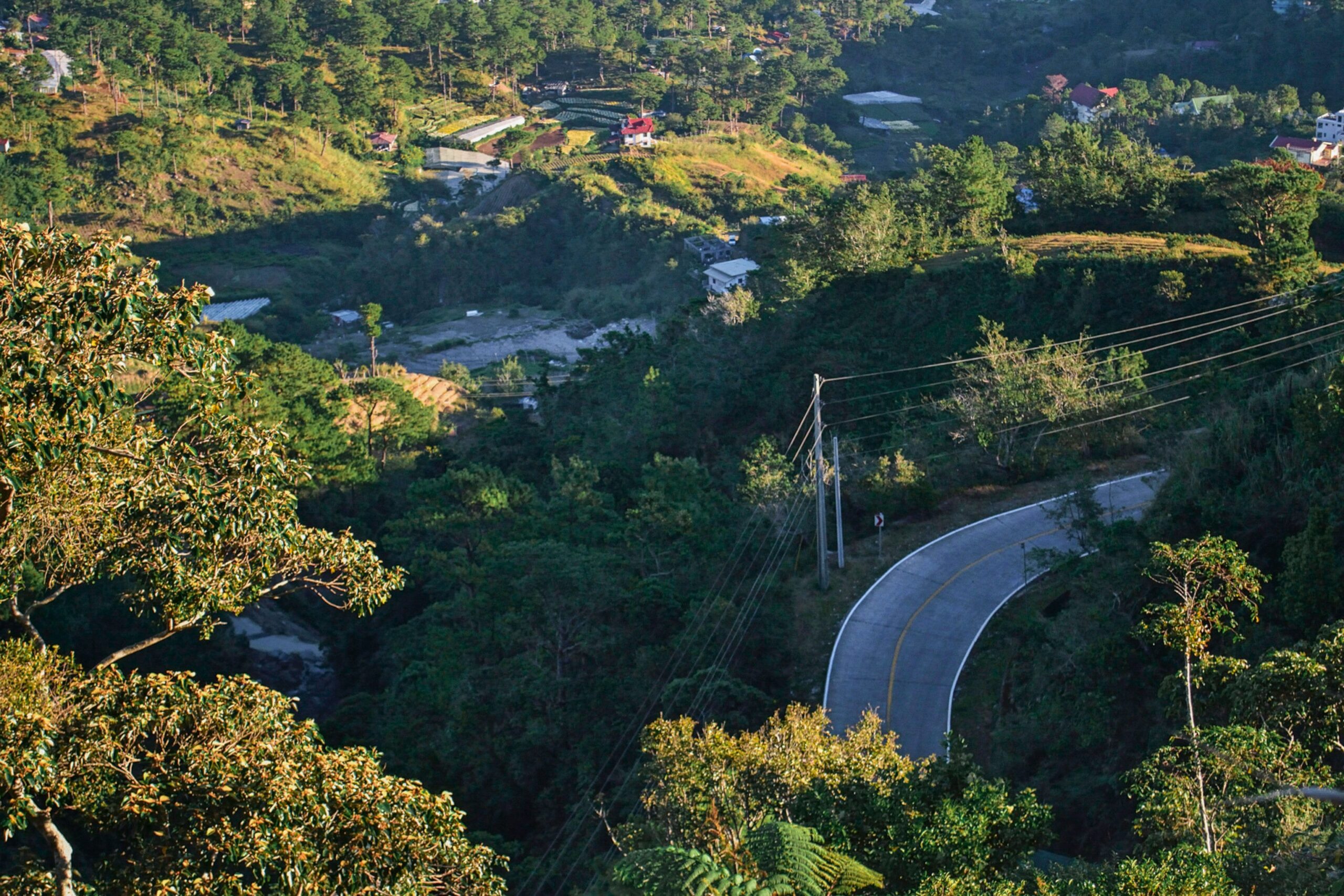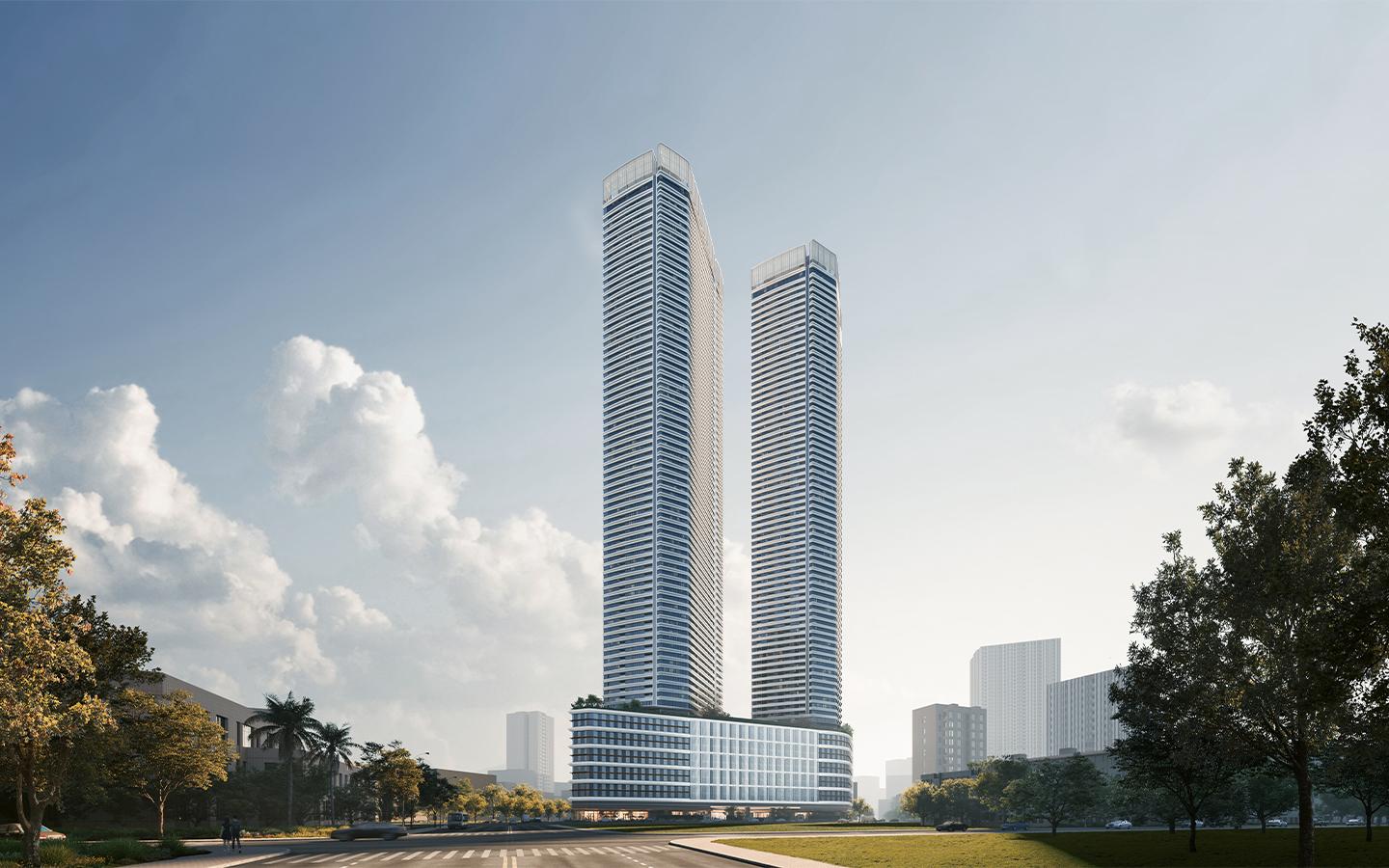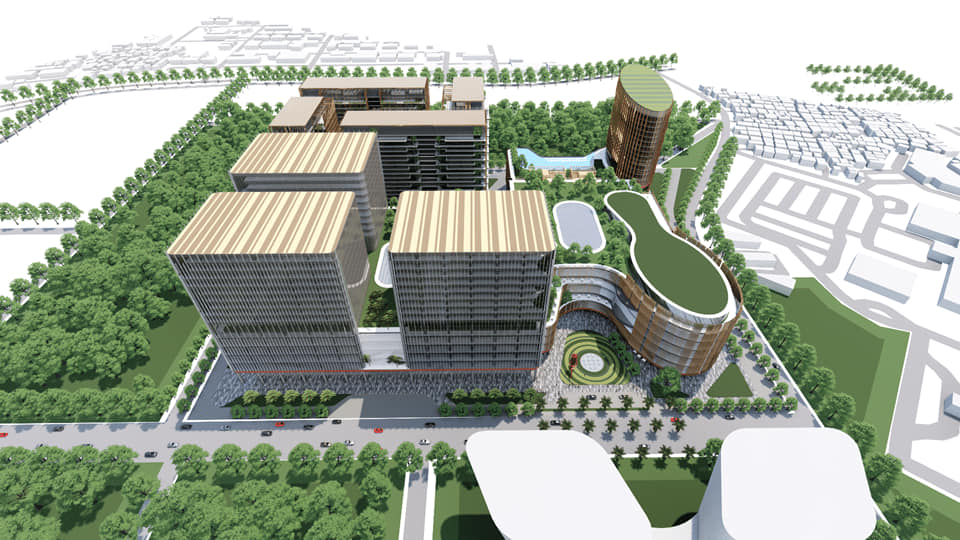Manila, Philippines – The Philippines’ agricultural sector, a cornerstone of its economy for centuries, is currently navigating a complex landscape marked by both challenges and opportunities. While the sector has faced declining GDP contributions and low productivity, there are also promising signs of progress, driven by government initiatives and a growing interest in sustainable practices.

Challenges Looming Large
One of the most pressing concerns facing Philippine agriculture is its declining share in the country’s GDP. This shift indicates a growing reliance on other economic sectors, such as manufacturing and services. Coupled with low productivity compared to international standards, the sector is grappling with a host of challenges. Outdated farming practices, limited access to technology and resources, and the increasing threat of climate change have all contributed to these difficulties.
Land reform, a long-standing issue in the Philippines, continues to be a complex and ongoing process. While significant strides have been made in land distribution, challenges related to tenure security and access to support services persist.
Government Initiatives and Emerging Trends
Despite these challenges, the Philippine government has been actively working to support the agriculture sector. Investments in research and development, agricultural extension services, and infrastructure have been key components of these efforts. Additionally, there has been a growing interest in organic farming, which offers a sustainable approach to agriculture and can improve food quality.
Access to credit has also been a focus. By providing farmers with easier access to loans, the government aims to empower them to invest in inputs, equipment, and other agricultural needs. Furthermore, the promotion of value-added products, such as processed fruits and vegetables, has been a priority, as it can increase farmers’ incomes and boost exports.
The Road Ahead
The future of Philippine agriculture hinges on a comprehensive approach that addresses both the challenges and opportunities. Government support, private sector investment, and the adoption of sustainable agricultural practices are essential elements of this strategy. By balancing tradition with modernization, the Philippines can ensure a vibrant and sustainable agricultural sector for generations to come.









